About 20 years ago, the most effective way of reaching your customers was magazine advertisements, TV ads, and radio jingles. It helped businesses with huge budgets to generate insane amounts of leads.
In the digital era, traditional marketing isn’t effective and it turns off the consumer. Or, the consumer turns it off.
So, what’s the most efficient marketing vehicle for companies (big and small) now?
It’s content marketing.
Content marketing costs 62% less than traditional marketing and it generates about 3 times as many leads.
But, how exactly does content marketing help in deriving leads and driving actions from your potential customer?
Here’s an infographic, by the Content Marketing Institute, detailing how content marketing converts visitors into evangelists.
When it comes to startups, a content marketing strategy is probably the most affordable and effective growth solution. It costs 31 to 41% less than paid search and it can exponentially increase your website conversions.
The caveat, though, is that everyone around you is starting a blog and experimenting with content marketing.
So, how do you differentiate yourself from your competitors in the crowded content strategy marketplace?
In this article, I’ve compiled 4 case studies of startups that got their content creation game right. This will help you come up with new ideas to drive more traffic, leads and sales, through content marketing.
1. HubSpot
HubSpot is a pioneer in crafting high-quality content and developing tools in the online marketing niche.
If you’re a marketer, I’m sure you’ve consumed at least one case study, whitepaper, podcast, eBook, video or blog post crafted by HubSpot. Or, maybe you’ve used one of their free tools, like the Website Grader (which has analyzed over 2 million websites)?
You might have attended one of their webinars. They broke the world’s largest online marketing webinar record in 2011.
HubSpot has experimented with every kind of content creation.
They launched in 2006. And, by 2011, they had scaled to over 4000 customers and 200+ employees (as well as $33M in VC funding). Their upward growth continues.
Want to know where HubSpot gets their customers from?
75% of their leads come from their inbound marketing efforts, which include content and social media tools.
Their marketing blog alone has 300,000 subscribers and drives 2M visitors every month.
Look at their dedicated marketing team hierarchy. Note that they have a separate content division.
Here are four major aspects of HubSpot’s content strategy.
They create lead magnets on a variety of subjects that they cover on their blog: This is to ensure that most of their blog posts have a relevant downloadable resource to attract leads (aligning content with CTA).
For example – You’re offered a free content marketing planning template with their content marketing strategy guide.
This strategy of adding a relevant opt-in at the end of every article has helped HubSpot to triple their leads from every blog post.
HubSpot creates personas for every segment of their audience: They have used as few as three personas to generate thousands of white papers and landing pages.
Plain text can get boring: That’s why HubSpot experiments with diverse types of content creation (including visual, audio and video), addressing their audience’s concerns (at different stages of the funnel).
With their marketing blog, HubSpot expects to reach marketing practitioners. And, their podcast is targeted to marketing strategy and sales leaders interested in driving growth.
They create content that is search engine focused on solving a need.
HubSpot now serves as the go-to resource for high-quality internet marketing education.
HubSpot measures how their content production is affecting their bottom-line: The metrics they look at include site visits, leads generated and customer conversions.
They use data to find the types of content that resonate with their prospects and drive the highest quality leads.
2. Mint
Mint is a personal financial product. They established their credibility after winning TechCrunch40 in September 2007.
But, with no obvious viral growth loop, the company managed to scale to over 1 million users, within a couple of years. In November 2009, Mint was bought by Intuit for $170 million.
A chief component of their miraculous feat (besides a great product) was their intelligent content marketing strategy.
It was still 2007 and blogging was only being used by a handful of companies. Mint saw the opportunity and incorporated blogging as a major aspect of marketing operations with their blog, MintLife. They received search engine credibility.
Its competitors, like Quicken, were only blogging monthly (if at all). Mint, on the other hand, went full throttle with personal finance tips, link roundups, videos, and infographics. They hired a full-time editorial staff and freelance contributors to craft high-quality content to attract a potential customer.
And, their articles went viral and were hits regularly on Reddit and Digg, establishing Mint as a trustworthy product amongst the younger folks. The readers then transitioned into customers and brand advocates for Mint.
Here are a couple of screenshots showing you the response their infographics generated on Reddit.
The huge number of upvotes show that internet users have always loved visuals.
Although Mint started building an audience, they were on a tight budget. So, they invited other finance bloggers for Q&As on their blog and placed featured guest content prominently on their blog as part of their content strategy.
And, at the end of every blog post, they also had a beta list email opt-in. In 8-9 months, they built a list of over 20k emails before even launching their app.
Although their email database was huge, the Mint app could only handle 200 people. So, they upped the requirement for earlier VIP access to their app. They created a badge saying “I want Mint” and asked the users to embed them on their blogs and social media page. This badge helped Mint get free advertising on 600+ blogs while the users competed for access.
They optimized social media traffic with great content creation.
Getting interviewed is another brilliant strategy to get in front of your target audience, get new customers and establish yourself as an authority.
Aaron Patzer, the founder of Mint had hired Atomic PR for help with their publicity. The PR agency secured Aaron about 550 interviews in a couple of years. For 1 week in every two months, Aaron did a press tour. Here is a compilation of some early press that Mint secured.
Besides pushing high-quality content, Mint also performed SEM and tested a lot of landing pages as part of their content marketing strategy.
Overall, the company took a very data-oriented strategy and managed to bring their cost of acquisition to under $1.
3. Glossier
Emily Weiss started a beauty blog, Into the Gloss, in 2010. But, after the blog gained momentum and became profitable, Emily and her team took the leap from content to commerce.
The interactions with her audience, through Instagram, emails, and surveys, resulted in her own line of beauty products in 2014 – moisturizers and cosmetics.
But, what’s different between Glossier and a high-end fashion brand?
Well, Glossier was built from a consumer’s perspective. Emily describes content as the “heart and soul” of the brand. And, the feedback from the audience built the brand in real-time. The first product by Glossier took 9 months to create.
Fun Fact: Glossier teased its audience, by showing behind-the-scenes photos for a month on Instagram before announcing the company. And, their account grew to 15,000 followers without people knowing what Glossier was.
Even today, the brand relies on the Into the Gloss blog audience and social media channels to tap into what the customers want next.
As per Emily, their first truly crowdsourced product was their cleanser. They published a post titled “What’s your dream face wash?” to get feedback from the Into The Gloss community. Look at the interaction the blog post received.
Customers love to interact with the Into the Gloss team, because of its authentic voice. Emily and her team ensure that every piece of content (be it a social media post or a blog post) engages their community.
A few years after launch, Emily managed to get venture funding worth $10.4M for her two brands. She currently employs a team of 38 people. Currently, Into the Gloss has nearly 800k followers on Instagram.
Her story is a terrific example of building a consumer-centric brand and establishing a following before you actually launch your business. It also shows the impact that a highly engaged blog audience can have on an eCommerce business.
4. Oh Joy
This is another brilliant example of a blogger who turned into an entrepreneur after establishing a substantial blog audience and social following.
Meet Joy Cho – a graphic designer who wanted to share her inspirations about moving to a new city (New York) and looking for a job. So, she started her blog, Oh Joy, in 2005.
Joy shared things she loved on her blog. And, soon enough, it started getting traffic and she was being approached by prospective clients. So, she started her own design studio, offering brand consultation services. The continuous stream of projects helped her turn freelancing into a full-time business.
Oh Joy has now grown into a media and lifestyle brand. It has partnered with likes of Microsoft to co-create a range of products, including stationery lines, wallpapers, bedding, and computer accessories.
They have also released their own wallpaper collection with Hygge & West and also collaborated with Anthropologie and Urban Outfitters.
Besides licensed product lines, the blog provides a daily dose of amusing content around design, fashion, food and joyful moments. It also features how-to lifestyle videos.
Joy continues to offer consultation to creative businesses around the globe and has even authored 3 books.
Joy’s spectacular visual content has helped her to become one of Pinterest’s most influential users, with more than 13 million followers. She has 100+ boards sharing a mix of content from her blog post and her personal interests.
Being a Pinterest influencer, Joy has been approached by brands like Target and Fossil, requesting help with their Pinterest campaigns. With Target, Joy crafted a Pinterest board for creative party ideas. The board generated over 400 pins and over 1 million followers.
Time Magazine listed Oh Joy as one of the top websites in their “design 100” issue. One factor that Joy believes is critical to success is ‘staying true to yourself’. She ensures that whatever she designs feels original and is something she can be proud of. That might be the reason that Joy went back to creating content for the blog after temporarily accepting contributors.
Conclusion
In the internet marketing industry, many startups have scaled using content marketing to become multi-million dollar businesses. Like Moz, CopyBlogger, and GrooveHQ. In fact, I’ve personally used content marketing to scale KISSMetrics, CrazyEgg, and HelloBar, successfully.
By using a content marketing strategy, you can add value, build your audience and scale your startup in any industry. The case studies from various industries I shared in this article are a testament to content marketing’s effectiveness.
If you’re also keen on launching a startup, I would encourage you to build an audience, using content marketing before launching your business.
The Content Marketing Institute puts it perfectly, “With traditional marketing, you tell people you are a rockstar. With content marketing, you show them that you’re a rockstar.”
Have you used content marketing to scale your business? Which startup out of the four I shared in the article impressed you the most?

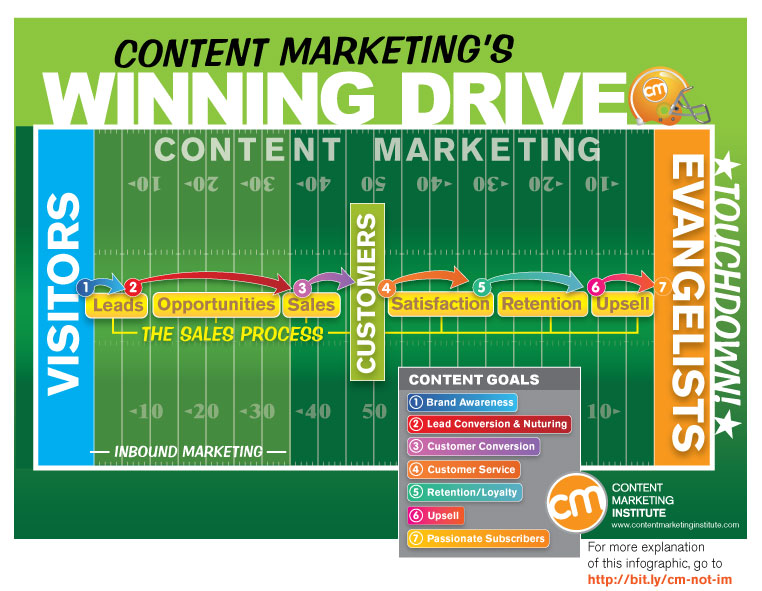
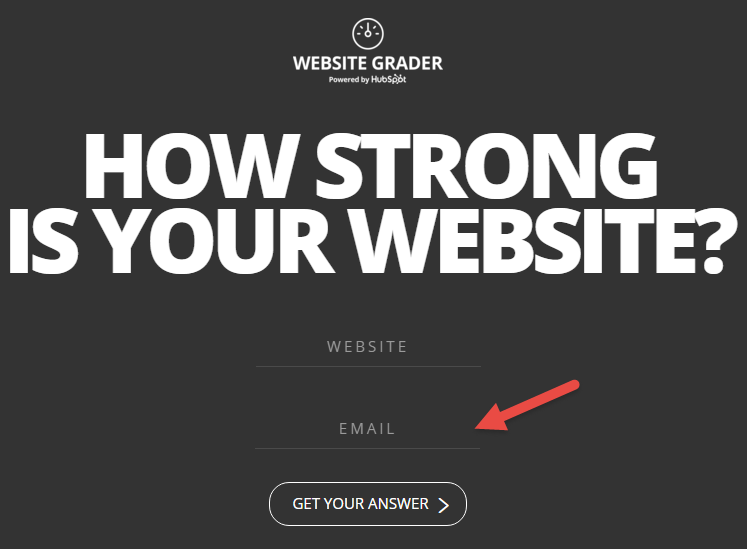
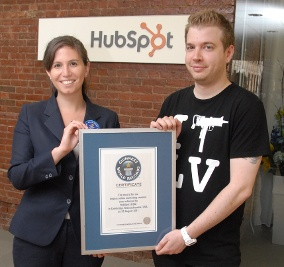
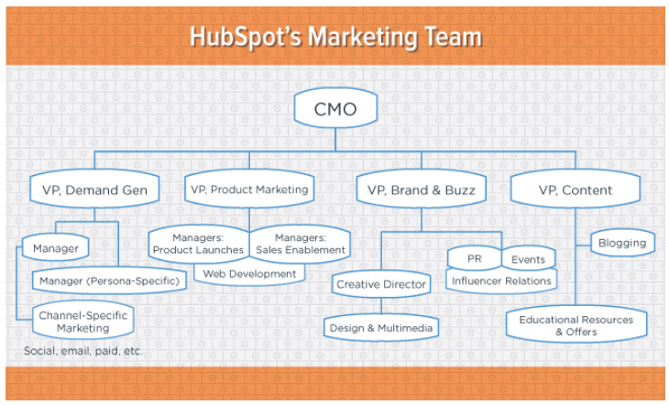
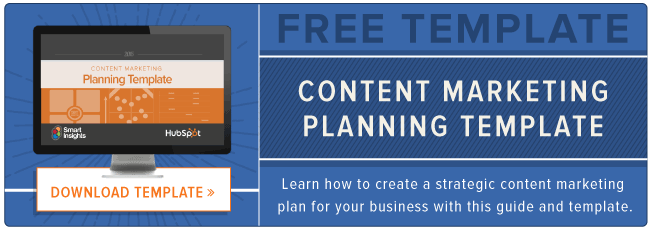

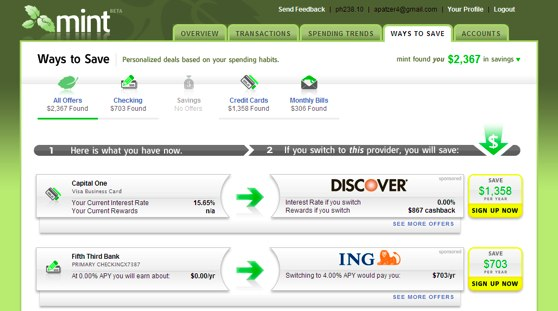




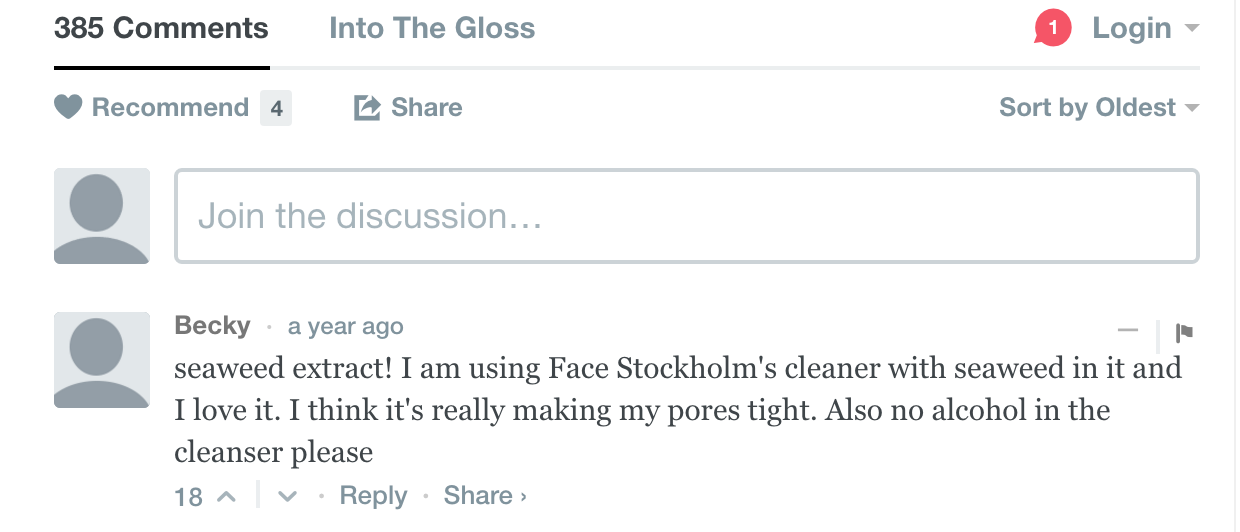

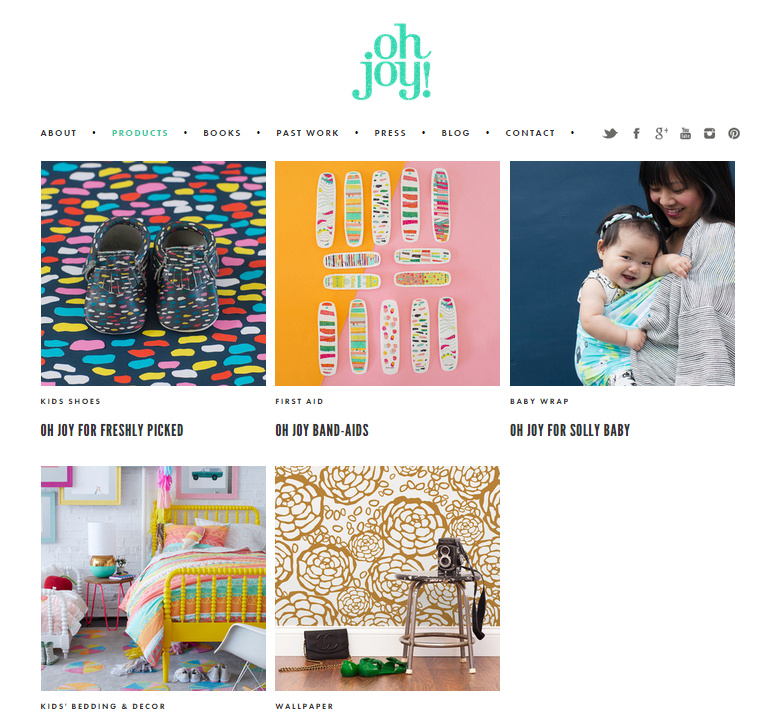
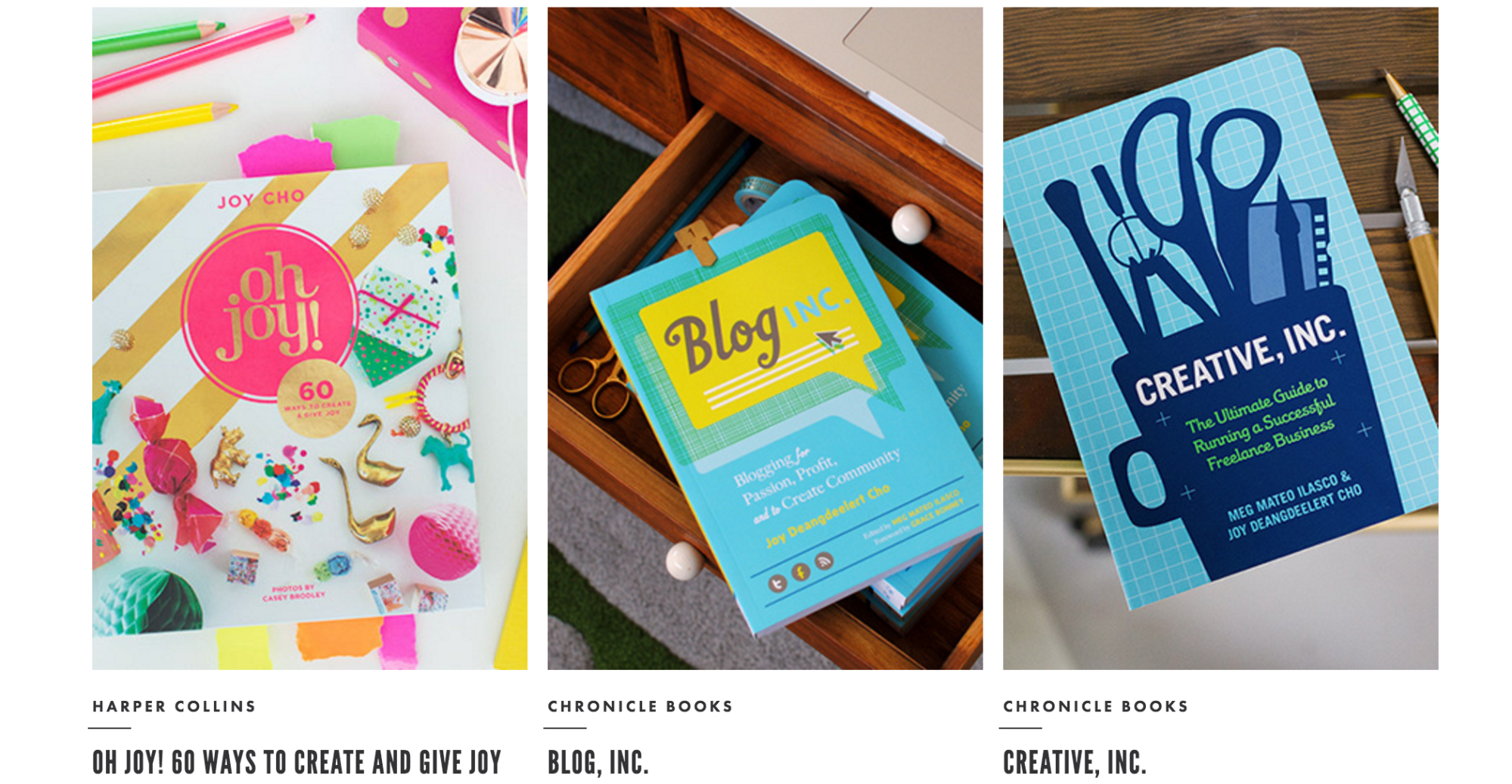

Comments (38)